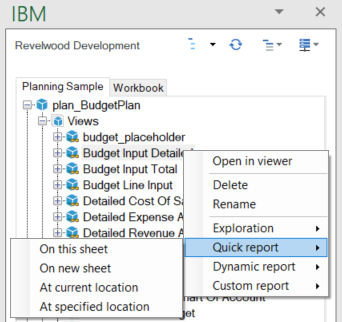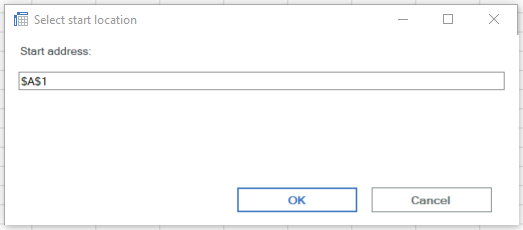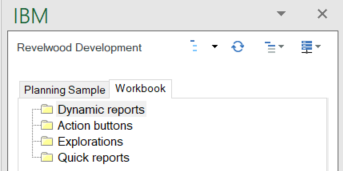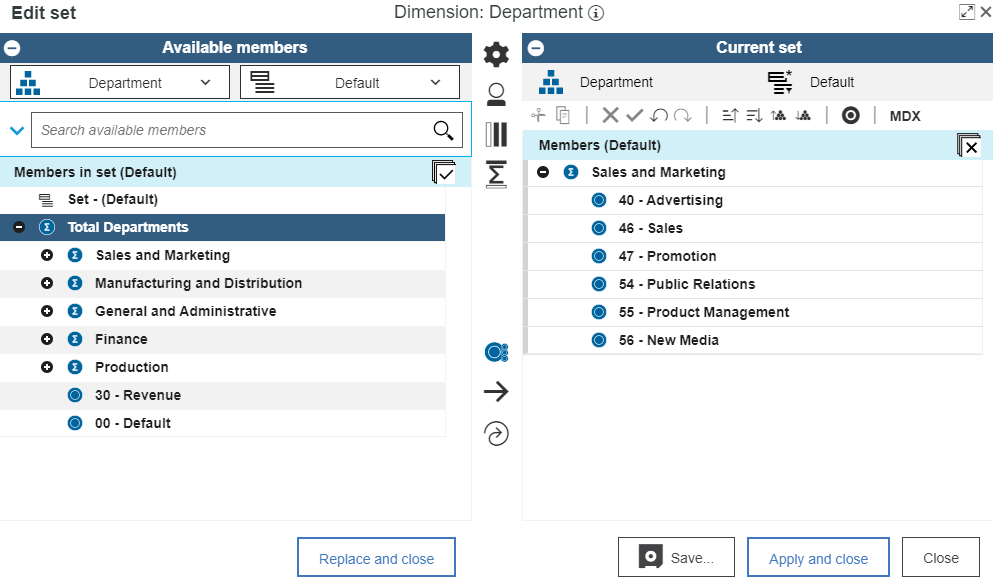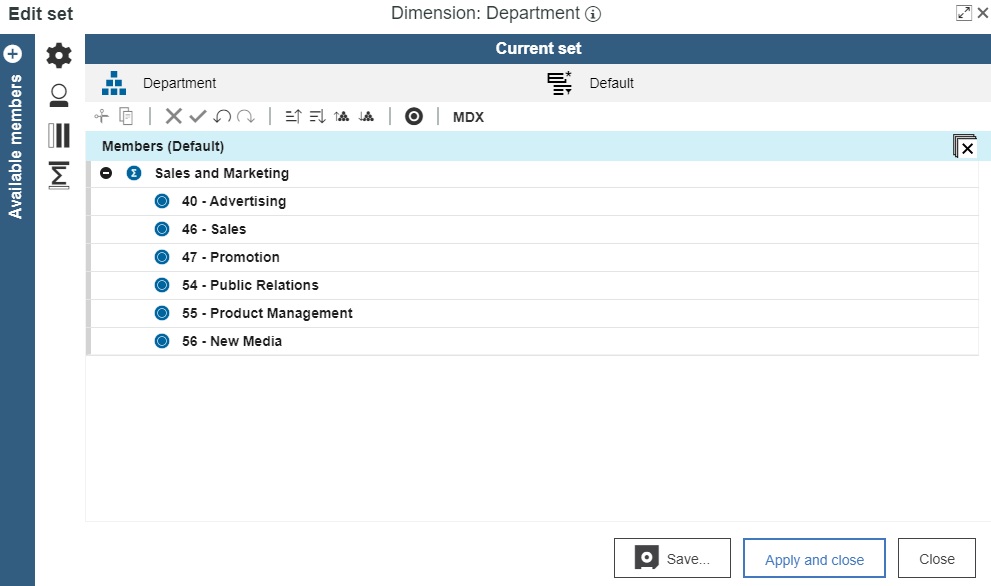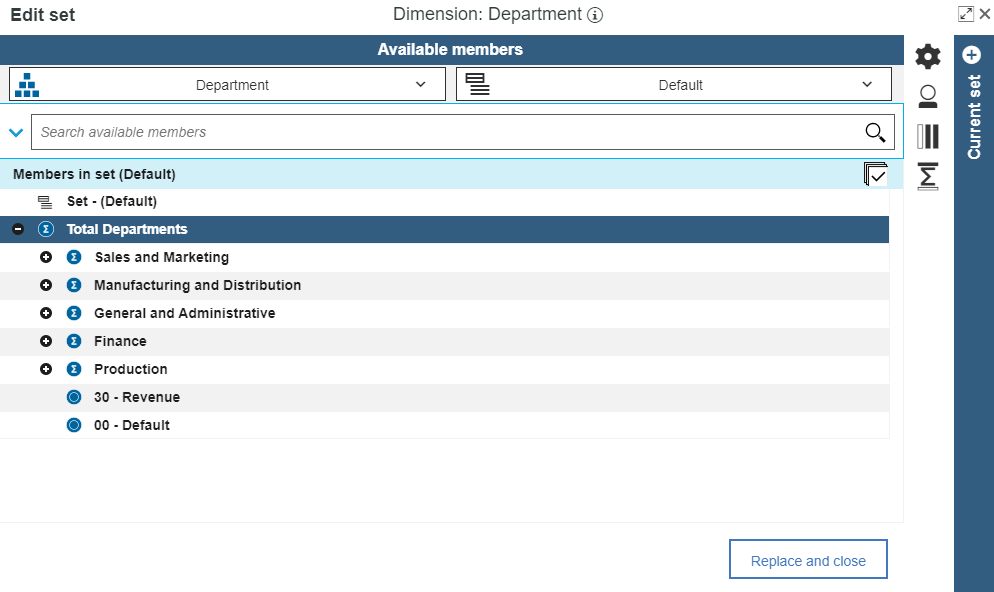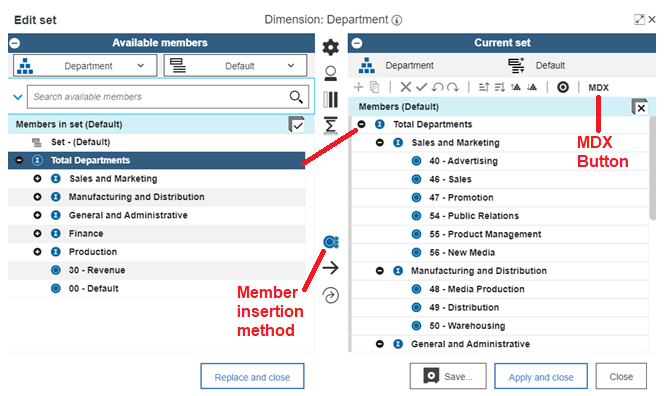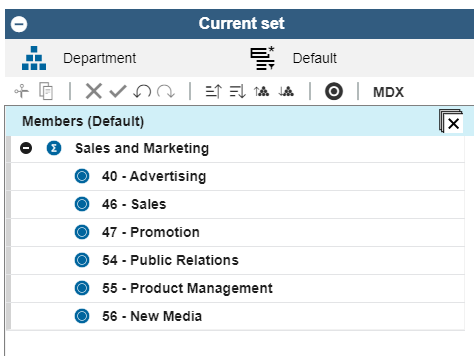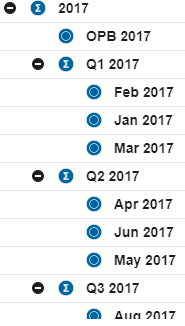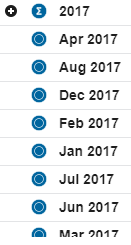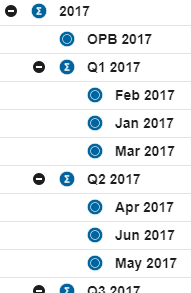One of the helpful features of IBM Planning Analytics is the ability to create explorations using asymmetric axes. This is useful when you have stacked column or row dimensions, and only want to display certain combinations of elements instead of all combinations of the stacked dimensions.
To do this in Planning Analytics Workspace (PAW), open a workbook in PAW and open an exploration. Click on the ![]() icon to make the row dimensions asymmetric or the
icon to make the row dimensions asymmetric or the ![]() icon for the column dimensions. Next, hold down the CTRL key and select the rows or columns you want to keep or hide.
icon for the column dimensions. Next, hold down the CTRL key and select the rows or columns you want to keep or hide.

Right-click on one of the selected columns and select “Keep” or “Hide.”
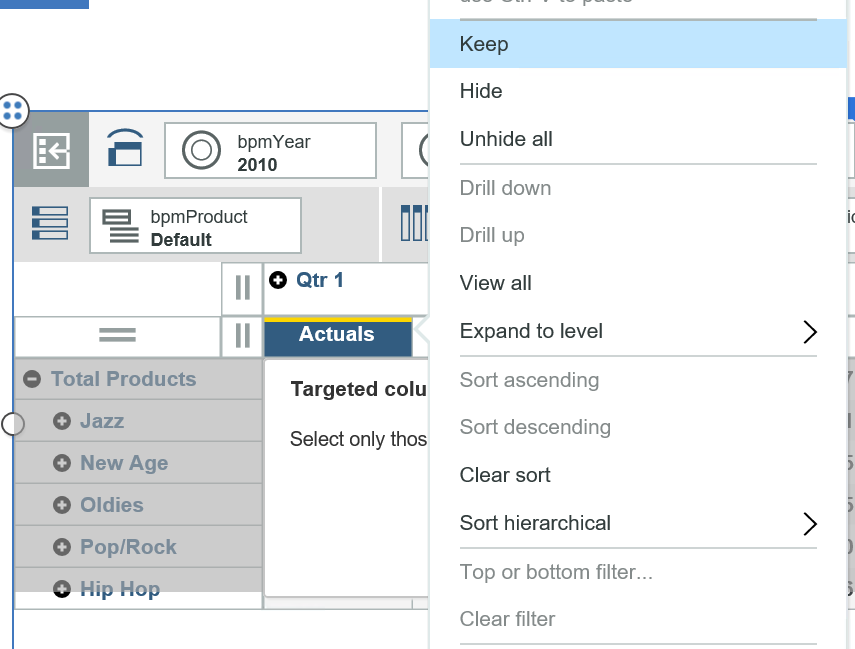
If you need to revert back to the normal view, right-click on any row or column and select “Unhide All.”
IBM Planning Analytics, which TM1 is the engine for, is full of new features and functionality. Not sure where to start? Our team here at Revelwood can help. Contact us for more information at info@revelwood.com. And stay tuned for more Planning Analytics Tips & Tricks weekly in our Knowledge Center and in upcoming newsletters. You can also sign up to get our Planning Analytics Tips & Tricks sent directly to your inbox.
Read more IBM Planning Analytics Tips & Tricks:
IBM Planning Analytics Tips & Tricks: PAW Pass Context
IBM Planning Analytics Tips & Tricks: The Collect Feature in Planning Analytics Workspace
IBM Planning Analytics Tips & Tricks: Navigating Back to the Source



